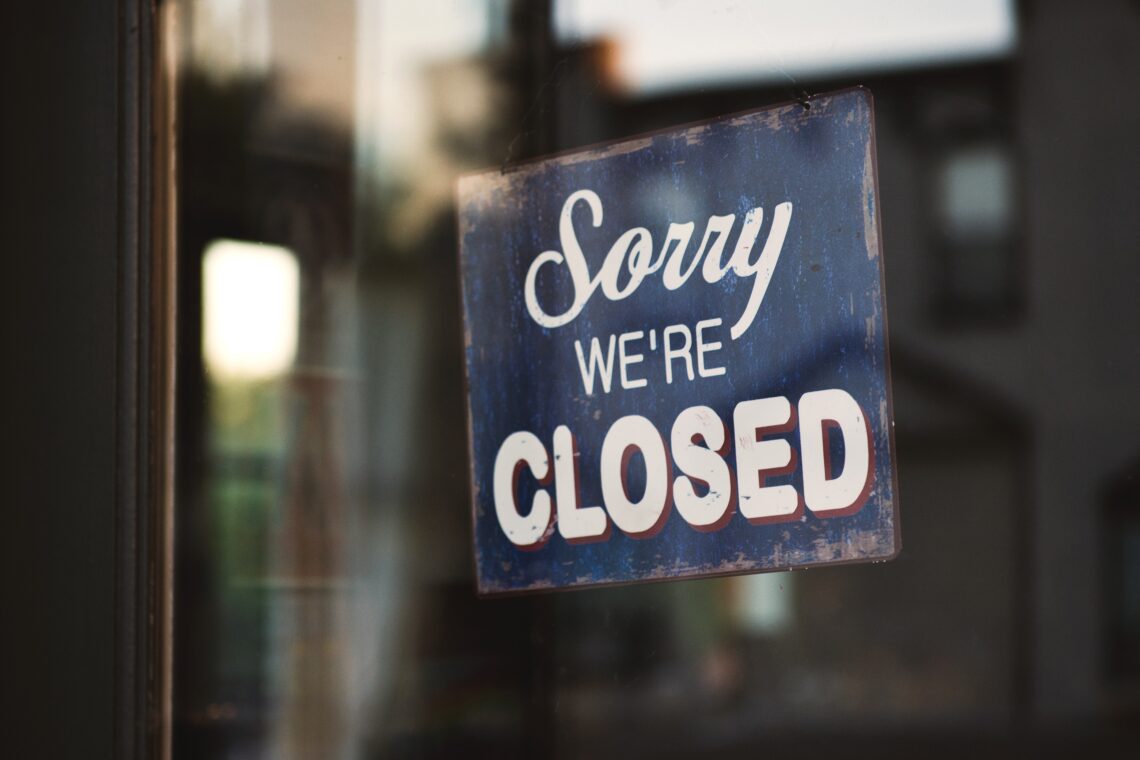
Out with the old, in with the new
It is no surprise that since the COVID-19 pandemic began, online shopping has seen an influx while in-person shopping has drastically decreased. But the decline of in-person shopping started long before the pandemic.
In a research study done in 2017, Credit Suisse predicted that 25 per cent of all U.S. malls will close by 2022. This was after Michael Kors announced the closures of 125 stores and department stores like JCPenney, Sears—which no longer has any stores in Canada—and Macy’s announced shutdowns of several locations.
Retail analyst and author Bruce Winder says malls are now replacing department store areas with places like gyms and grocery stores, while also adding more luxury brands.
“What’s happened now, select malls have reset themselves to be more luxury,” Winder says. “They really cater to folks who are quite well off.”
Malls are changing because the clientele has adjusted their needs and Winder says the shopping establishments are now targeting millennials and Gen Z as these are the younger generations entering the workforce. Millennials and Gen Z appreciate the ease of online shopping and other technological advances that are now available.
Aisle 24 is a cashierless grocery market created to appeal to those looking for convenience by using technology to shop for groceries.
John Douang, co-founder and CEO of Aisle 24 says, “With the demographic of the Gen Z’s that are getting older and starting to consume more and spend more money, this is what they are accustomed to,” he says. “They are accustomed to the conveniences that a lot of these technologies provide. So retailers need to adapt, and they will.”
Online shopping has become more popular over the years because of its convenience and with that, retailers need to be ready for the new world of shopping. “It’s kind of that whole saying of, you either adapt to the change or you’re going to get left behind,” Douang says.
Eunice Si, a 23-year-old student at the University of Toronto, has been working in retail throughout her undergrad. While employed at Ardene and Sephora, she has seen a decline of in-person shopping—or at least in-person buying.
“[At Ardene] we saw a lot of people that come in to try the product, get their size but still prefer to order it online afterwards,” Si says. “We get that a lot at Sephora, people come in to try their foundation shade and then they prefer to get it sent to their home.”
Si also mentions that people often ordered online because the product they were looking for wasn’t in store.
“Sephora has taken in a large influx of brands and I have a lot of clients coming in looking around and I’ll ask them if they need help and they’ll say a certain brand that’s online only,” she says.
The Sephora stores are seeing less in-store merchandise and more products being hosted online because those items can be housed in a warehouse and shipped directly to the customer, Si explains.
With this rise of online shopping and increase in mall closures, retail positions will be impacted as well.
Si is in her fourth year of school and does not plan on working in retail for much longer, but she does worry about retail jobs for future generations.
“It does scare me, for example my sister who’s going into university may not be able to find a job that helps her get by while she’s in it,” she says.
However, Winder explains that although retail jobs will decline, they will be redistributed in other areas.
“Some people will work in fulfilment centres and warehouses or [be] people who drive packages,” he says.
The reduction of shopping malls is inevitable with new ways of ordering from the comforts of home. But with that will come new ways for retailers to capitalize on the use of technology.
“It’s going to help the traditional companies and the traditional retailers to make their operations more efficient and less costly by using technology,” Douang says.
They just have to adapt, or risk getting left behind.
About the author
Youth Mind’s Contributing Editor turned Managing Editor, Haeley DiRisio, aspires to one day become a published author, preferably writing from the comfort of a cottage in the English countryside.







